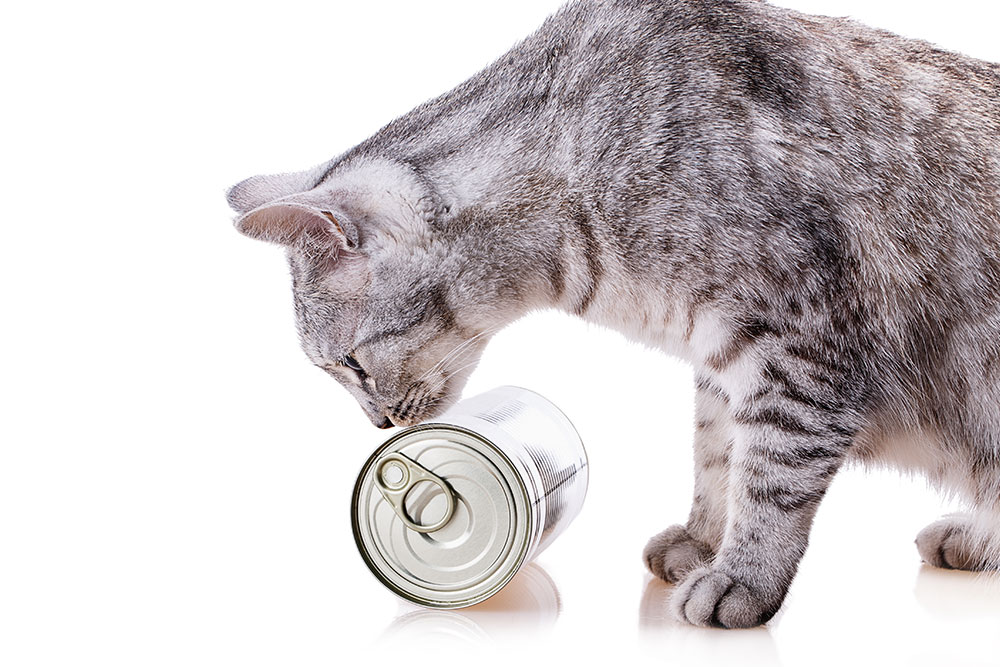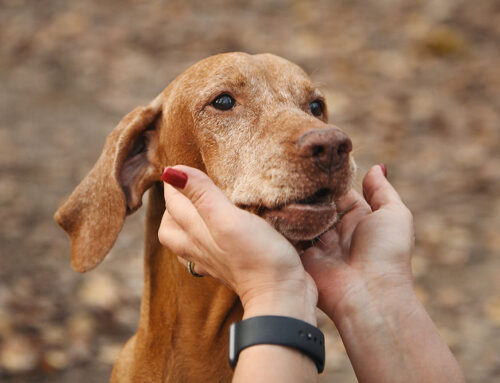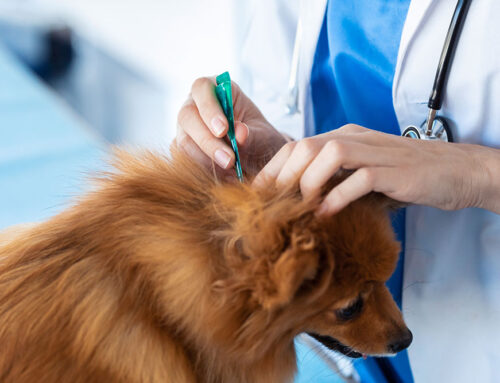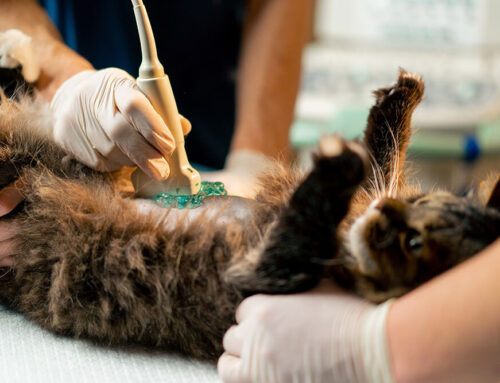How to Read a Pet Food Label: A Veterinarian’s Guide
Choosing the right food for your pet can feel overwhelming. With so many brands, ingredients, and marketing claims, how can you be sure you are making the best choice? Understanding how to read a pet food label is the key to selecting a nutritionally balanced diet that meets your pet’s needs.
At Midtown Veterinary Hospital in Rochester, New York, we help pet owners make informed decisions about their pets’ diets. In this guide, we’ll break down pet food labels, explain what each section means, and help you choose the best food for your dog or cat.
Why Pet Food Labels Matter
Pet food labels provide essential nutritional information, but they can also be misleading if you don’t know what to look for. The Association of American Feed Control Officials (AAFCO) sets regulations for pet food labeling to ensure safety and accuracy. However, marketing terms like “natural,” “premium,” or “gourmet” are not strictly regulated and do not guarantee quality.
For a detailed explanation of pet food label regulations, visit AAFCO’s guide to reading labels.
Key Components of a Pet Food Label
1. Product Name
The product name provides clues about the main ingredients:
- “Chicken Dog Food” – Must contain at least 70% chicken (excluding water).
- “Chicken Dinner,” “Chicken Entrée,” or “Chicken Recipe” – Must contain at least 10% chicken.
- “With Chicken” – Only 3% chicken
- “Chicken Flavor” – May contain little to no actual chicken.
2. Guaranteed Analysis
Every pet food label must include a Guaranteed Analysis, which lists the minimum or maximum percentages of key nutrients:
- Crude Protein (%) – Essential for muscle maintenance and growth.
- Crude Fat (%) – Provides energy and supports skin/coat health.
- Crude Fiber (%) – Aids in digestion and gut health.
- Moisture (%) – Helps determine the food’s actual dry matter content.
Comparing dry and canned foods? Canned food contains more moisture, so a direct comparison requires converting values to dry matter basis.
For more information on choosing the right food for your pet, visit AAHA’s Healthy Tails guide.
Understanding the Nutritional Adequacy Statement

One of the most important parts of a pet food label is the Nutritional Adequacy Statement, which tells you whether the food provides complete and balanced nutrition for your pet’s specific life stage.
Look for phrases like:
- “This food is complete and balanced for adult maintenance” – Suitable for adult dogs or cats.
- “Formulated to meet the nutritional levels established by AAFCO for all life stages” – Suitable for puppies/kittens, adults, and seniors but may be too calorie-dense for less active pets.
- “For intermittent or supplemental feeding only” – Not intended to be a complete diet (used for treats or toppers).
For more details on AAFCO nutritional standards, visit AAFCO’s pet food labeling page.
Ingredient List: What to Look For
1. Named Animal Proteins
High-quality foods list whole meats or meals as the first ingredient, such as:
- Chicken
- Salmon
- Beef meal (a concentrated protein source)
Avoid vague terms like “meat by-products” or “animal digest”, as these are less regulated.
2. Carbohydrates and Fillers
Dogs and cats need some carbohydrates, but excessive fillers (corn, wheat, soy) provide little nutritional value. Look for whole grains, sweet potatoes, or legumes for healthier carbohydrate sources.
3. Artificial Additives and Preservatives
Some preservatives, such as BHA and BHT, have been linked to health concerns. Instead, look for natural preservatives like tocopherols (vitamin E) and ascorbic acid (vitamin C).
How Many Calories Does Your Pet Need?
Understanding caloric content is essential for weight management. Check the label for:
- Kcal per cup (dry food) or per can (wet food).
- Feeding guidelines based on weight and activity level.
Use the Pet Calorie Calculator to estimate your pet’s daily calorie needs.
Marketing Claims: What Do They Really Mean?
Pet food packaging often includes buzzwords that sound appealing but may not have real meaning.
- “Natural” – Has no artificial ingredients but is not necessarily healthier.
- “Organic” – Must meet USDA organic regulations (not required for pet food).
- “Grain-Free” – Does not contain grains but may use alternative carbohydrates. Not necessary for all pets.
- “Human-Grade” – Not a legally defined term in pet food regulations.
Be cautious of fad diets and always discuss dietary changes with your veterinarian.
Safety Concerns: Dry Food and Contamination Risks
While commercial pet foods are generally safe, dry pet food and treats can carry bacteria like Salmonella if not handled properly. To minimize risk:
- Wash hands after handling pet food.
- Store food in a cool, dry place in its original bag.
- Avoid raw diets unless supervised by a veterinarian.
For more on food safety concerns, visit AVMA’s FAQ on Salmonella in pet foods.
Choosing the Best Food for Your Pet
Selecting the right food depends on your pet’s age, breed, activity level, and health conditions. The best way to ensure your pet is getting proper nutrition is to:
- Discuss dietary choices with your veterinarian
- Choose a diet backed by veterinary nutritionists and research
- Monitor your pet’s weight and adjust portions as needed
Need help choosing the right diet for your pet? Schedule a nutrition consultation today.
Have questions about pet food labels? Contact Midtown Veterinary Hospital for expert guidance.






Leave A Comment